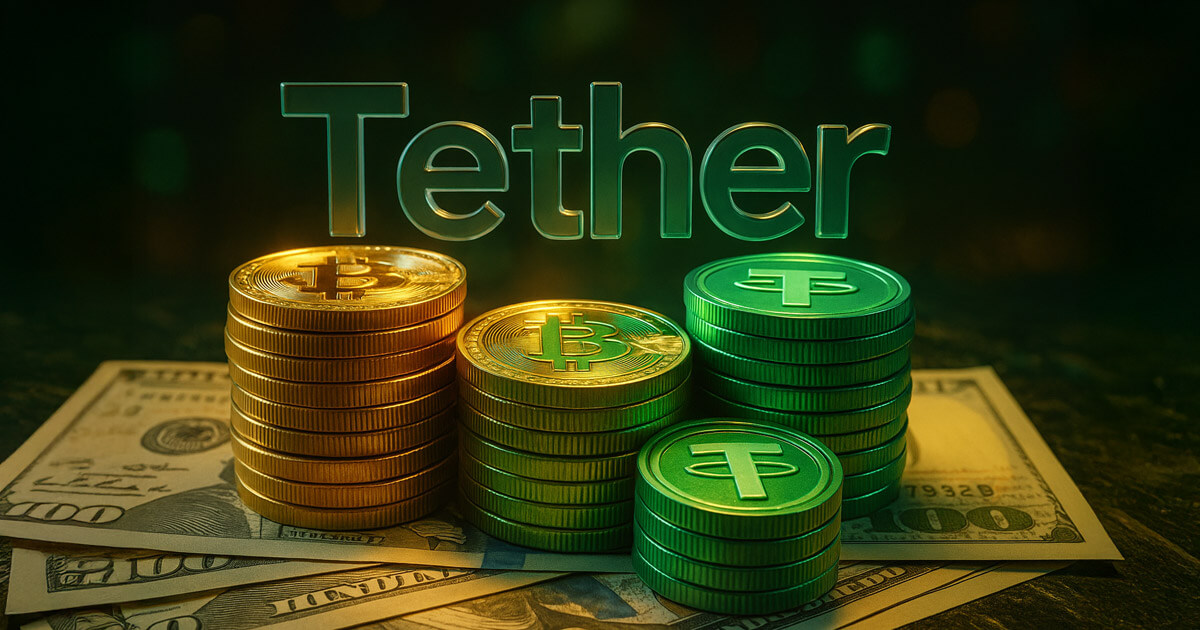
Tether Increases US Treasury Investments by $3B Despite Year-over-Year Profit Decline
Tether has increased its investment in US Treasuries by over $3 billion across the quarters, despite experiencing a significant drop in quarterly profits compared to the previous year.
As per its latest attestation report released on April 30, Tether’s total assets in US Treasury bills, reverse repurchase agreements, and money market funds tied to Treasuries surged to approximately $120 billion by March 31, a rise from around $116.7 billion at the close of 2024.
These assets primarily consist of $98.5 billion in direct Treasury bills, $15.1 billion in overnight reverse repurchase agreements, and $6.3 billion in money market funds, which include $4.9 billion earmarked for indirect Treasury investments.
This marked increase indicates the company’s ongoing transition towards safer, short-term governmental securities to support its USDT stablecoin reserves.
Tether’s revised reserve structure reveals that it maintains 81.5% of its total $149.3 billion in cash, cash equivalents, and short-term deposits, predominantly composed of US government debt.
Tether’s CEO, Paolo Ardoino, remarked:
“The first quarter of 2025 highlights Tether’s ongoing commitment to stability, strength, and strategic vision. With record exposure to US Treasuries, enhanced reserves, solid profits, and growing adoption of USD₮ globally, we remain dedicated to providing trust, transparency, and value to millions of users.”
He further stated that Tether aims to boost the digital economy in a “responsible and compliant” manner and to strengthen the US dollar’s position internationally.
Profit Declines from Previous Record Highs
Despite the growth in reserve assets, Tether reported a decline in year-over-year operating profits. For the first quarter, the company generated $1 billion in operational profits, a drop from $4.52 billion during the same quarter in 2024.
The profit figure from last year’s first quarter included $1 billion in net operational earnings from US Treasuries, with the rest stemming from mark-to-market gains on Bitcoin (BTC) and gold assets.
The reduced profits this year occurred amidst relatively stable Treasury yields and a less favorable environment for increases in crypto asset values, especially Bitcoin, which fell from $93,812 to $82,704 per BTC over the quarters.
Conversely, Tether’s gold investments gained value, rising to $6.7 billion from $5.3 billion, somewhat mitigating the volatility in the crypto market.
As of March 31, Tether reported total assets of $149.3 billion and liabilities of $143.7 billion, resulting in $5.6 billion in excess reserves.
This reflects a decrease from $7.1 billion in excess reserves recorded at the end of 2024, likely impacted by a $2.3 billion dividend payout during the first quarter.
The supply of USDT increased by $7 billion throughout the quarter, showcasing continued adoption, particularly in emerging markets and decentralized finance applications. The count of wallets holding USDT rose by 46 million, marking a 13% increase quarter-over-quarter.
Long-term Investments and Regulatory Presence
In addition to reserve backing, Tether is actively investing in long-term opportunities through its Tether Investments division, which now exceeds $2 billion.
These investments encompass various industries, including renewable energy, artificial intelligence, and peer-to-peer solutions, and are separate from the company’s reserve assets.
The last quarter also marked Tether’s first operational period under regulatory oversight in El Salvador following its official transfer. It now holds a license as a stablecoin issuer under the nation’s digital assets framework, reporting directly to the Financial Investigation Unit of El Salvador.
Tether’s expanding involvement with Treasuries aligns it closer to traditional fixed-income markets, despite its quarterly earnings reflecting the broader economic slowdown and more modest gains in the crypto sector.



















Post Comment